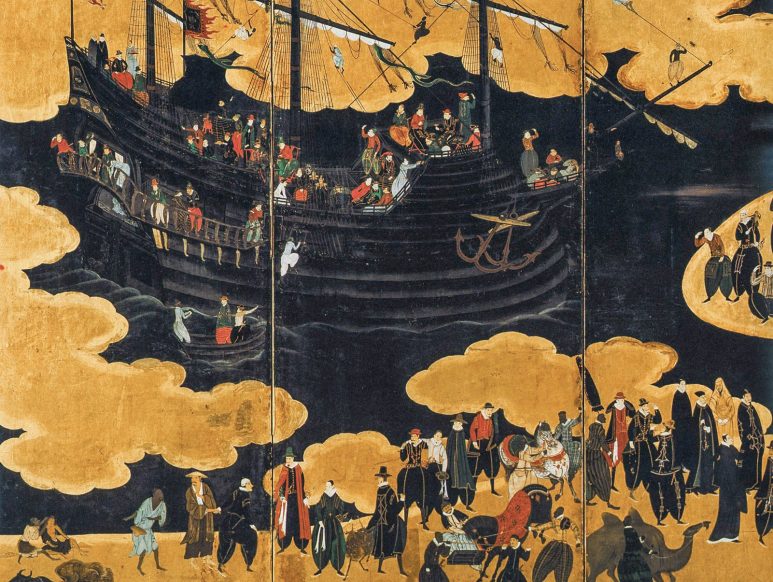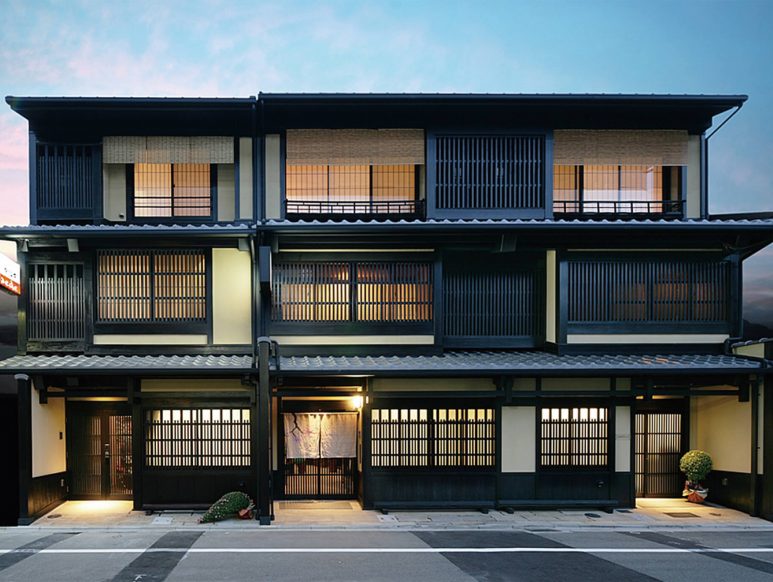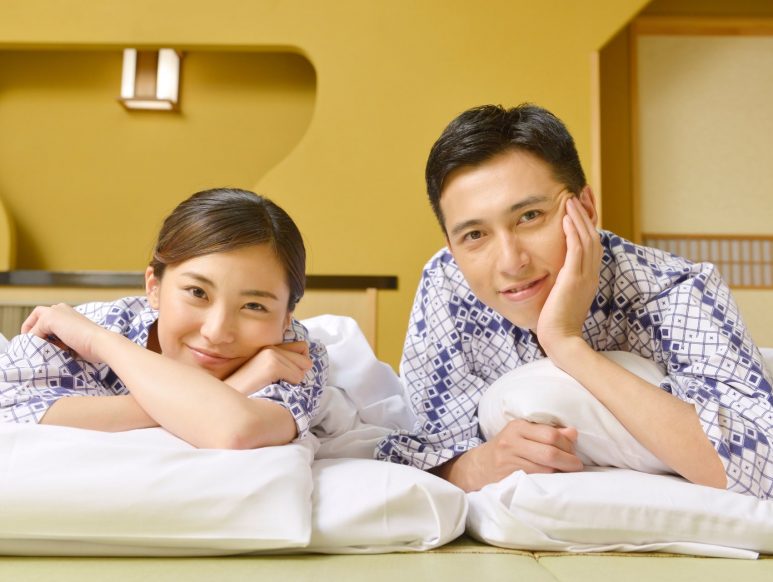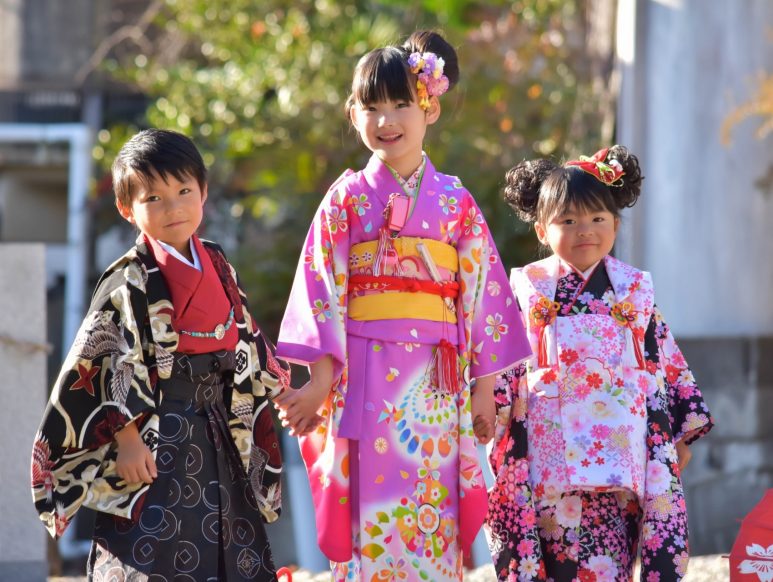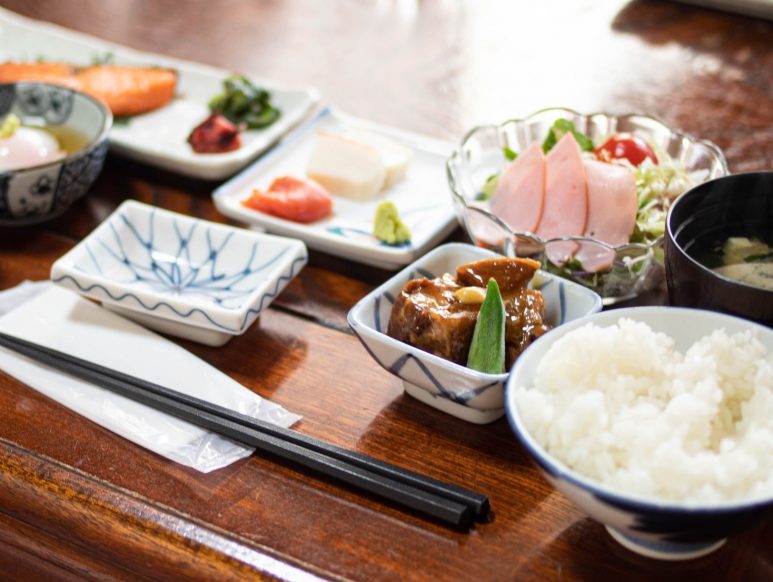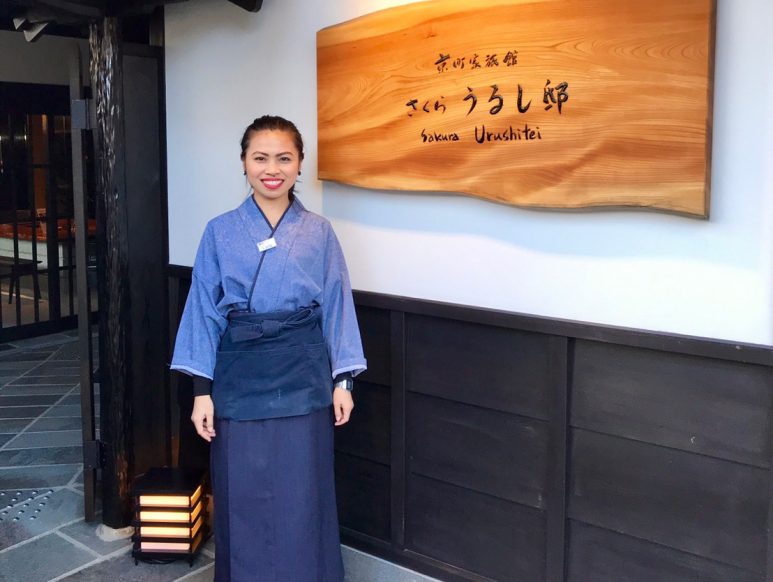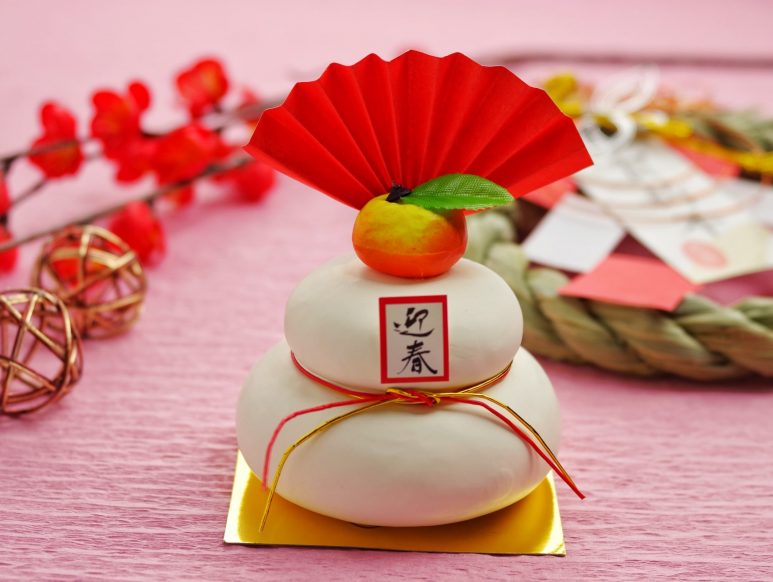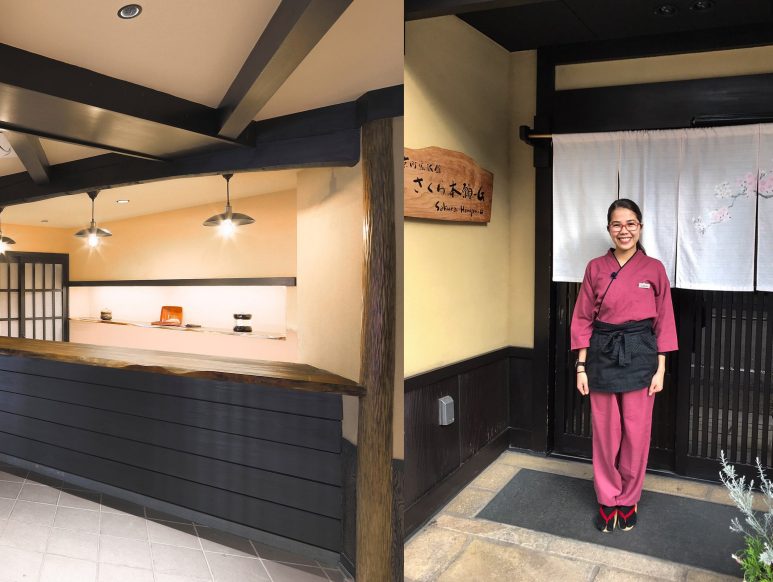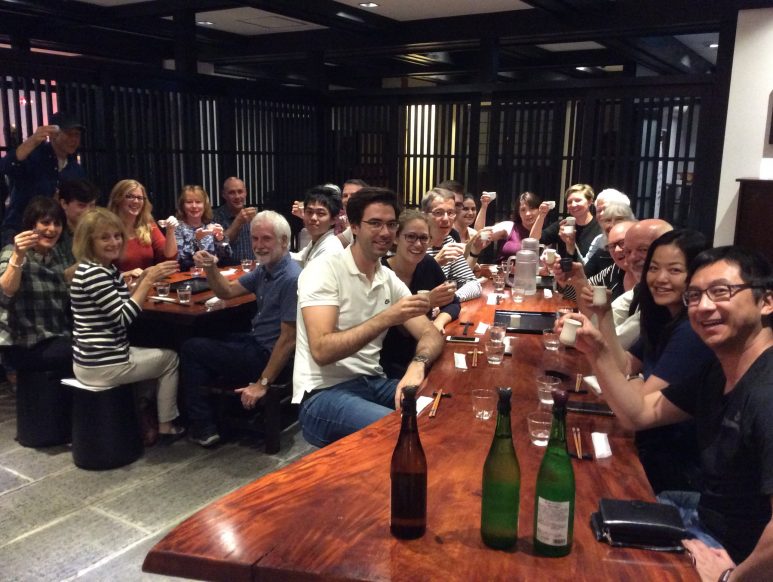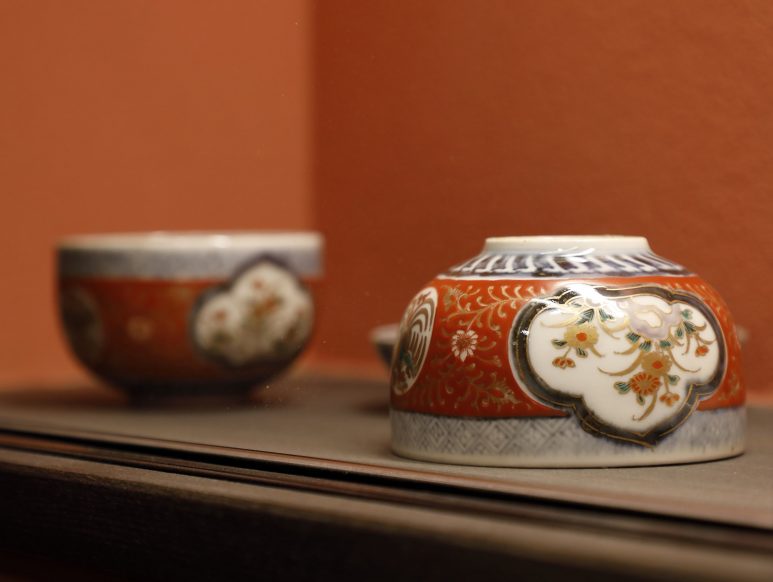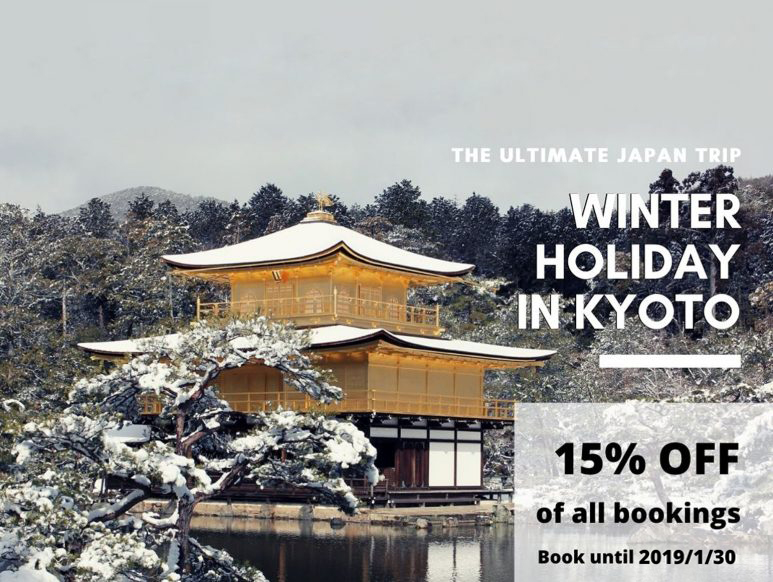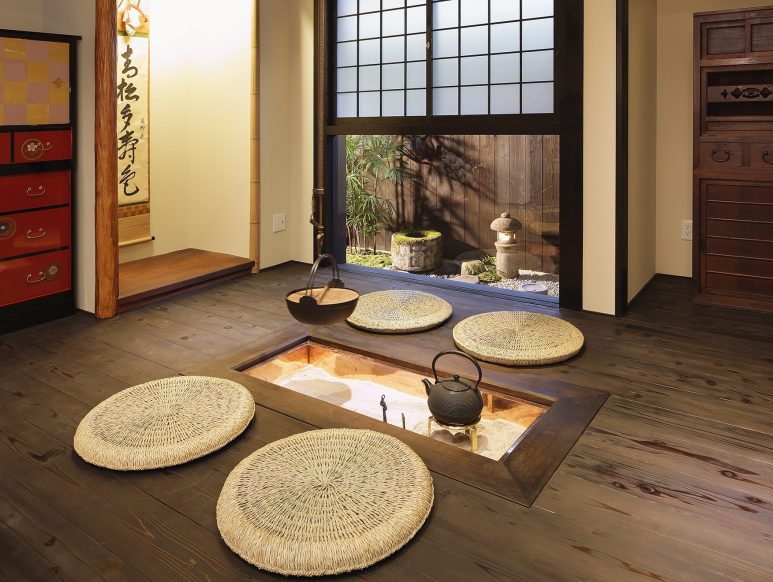Dec 10, 2019
- Kyoto
- Sakura Hongan-G
- Sakura Urushitei
Why is the great bell rang at Chion-in Temple 108 times on New Year’s eve?
Before answering the question to why the great bell is rang at Chion-in temple 108 times, let us tell you more about the temple and its history itself. There are different sects of Japanese Buddhism and the head temple of the Jodo sect is the Chion-in Temple (知恩院) in Kyoto. The Jodo sect is one of the most well-known Buddhist sects in Japan. Chion-in Temple is a large and spacious temple and its Sanmon Gate is huge and prominent which makes it hard to miss for tourists that visit the area. This is the main entrance gate of the temple. The Sanmon gate is the largest wooden gate in Japan and can be dated back to the 1600s. It is a great tourist site and a historic temple visited by thousands of tourists each year.
So why does the bell rang at Chion-in Temple 108 times?
One of the rituals of Chion-in temple is that the great bell of the temple is rung one hundred and eight times on New Year’s Eve. A lot of tourists and visitors wonder why this is so and what the reason behind this act might be? The bell of the temple is rung 108 times because according to the Jodo sect, the number 108 depicts the number of worldly desires. These desires are believed to cause pain and suffering to the human heart. So the ritual of ringing the temple bell is so that each pain afflicting worldly desire is to vanish one by one upon hearing each sound of the Chion-in temple bell. This is done on New Year’s Eve as a symbol of starting the year with a fresh and clean start.
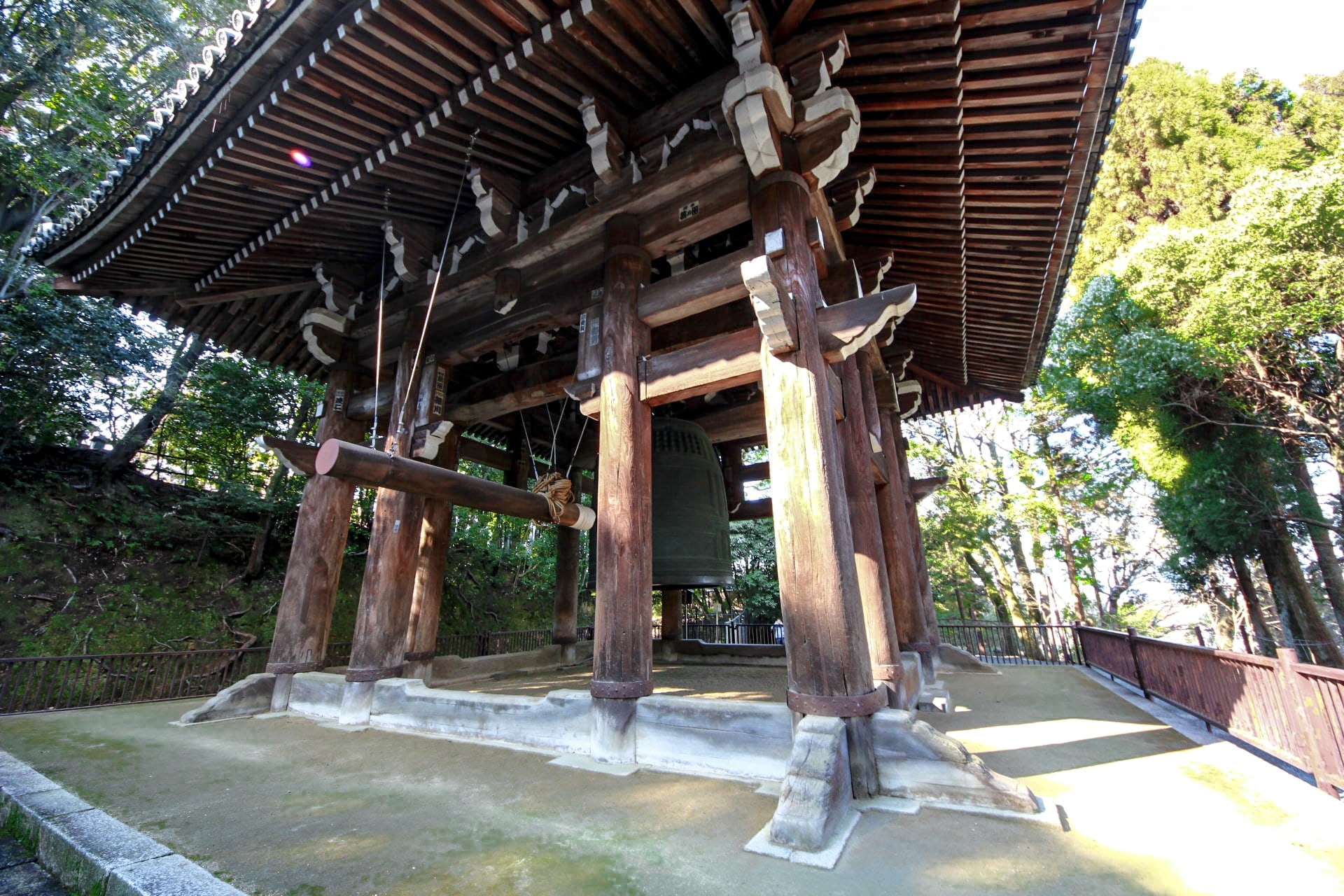
Wouldn’t it be an amazing experience to be part of this ritual? Yes, of course, but there are many other things you can do in the ancient capital in the winter.
Kyoto is a very popular tourist destination in Japan. There are millions of tourists visiting it every year. However, in the winter season, the number of tourists is relatively low. For people who would like to experience Kyoto in a calm and relaxed setting, the time between December and February is the best choice. We recommend you to get off the beaten track and dive deep into Japanese culture and traditions. We have decided to write about some events that help your winter stay in Kyoto become memorable.
Stop and eat Nabe
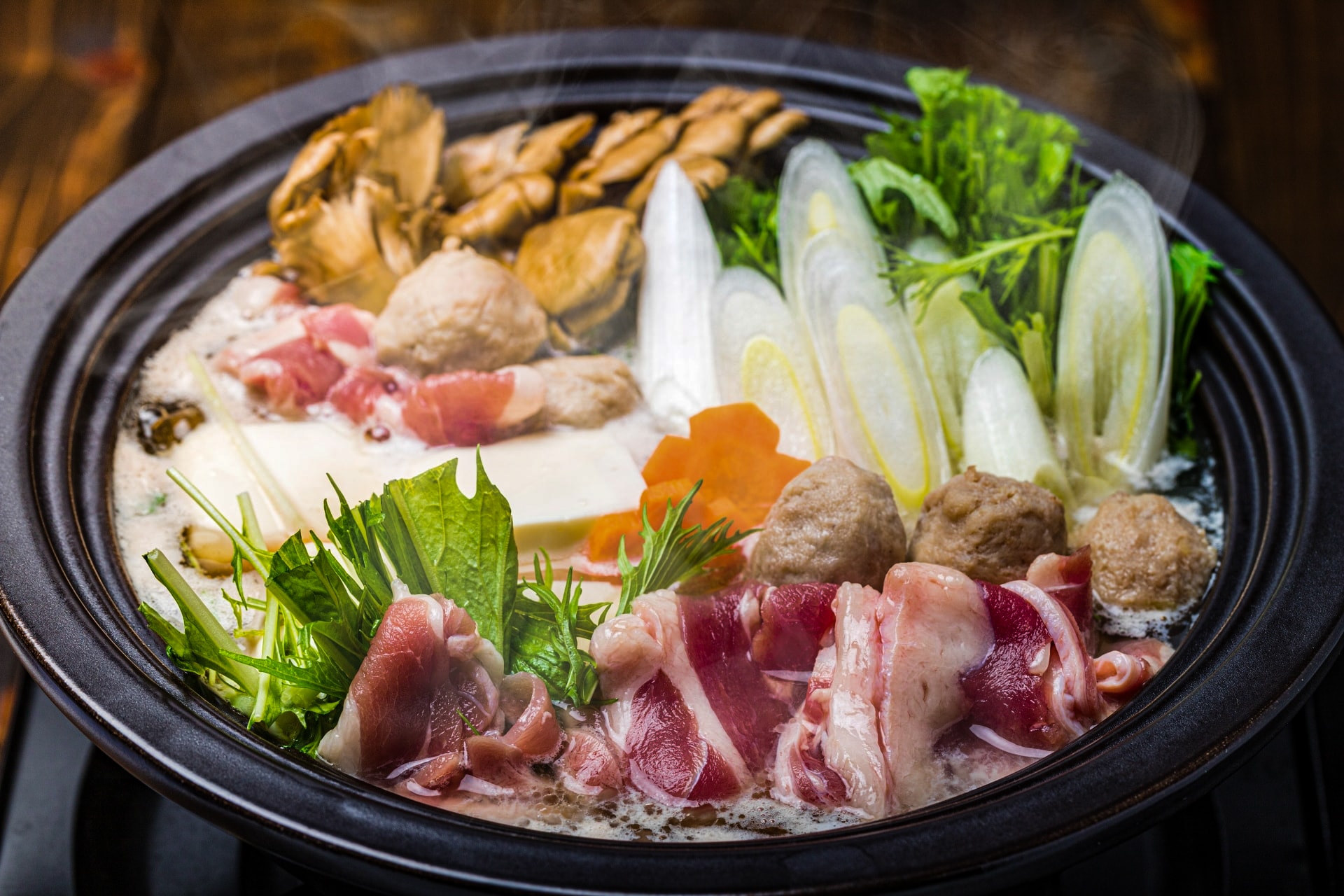
Nabe is a traditional Japanese dish and is widely found in many cozy food places in Kyoto. It is a warm meal and is perfect to enjoy in a cold winter night. Nabe is one of the most loved winter dishes in all of Japan. It is a specific Japanese dish that is like a hot-pot made with different vegetables, tofu, and any choice of meat. The dish is nicely prepared in one big pot and served fresh and steaming. In the winter months you can also find many kinds of Nabe bases in local supermarkets, that you can try to cook the dish yourself (and of course with your family and friends).
Temples in the snow
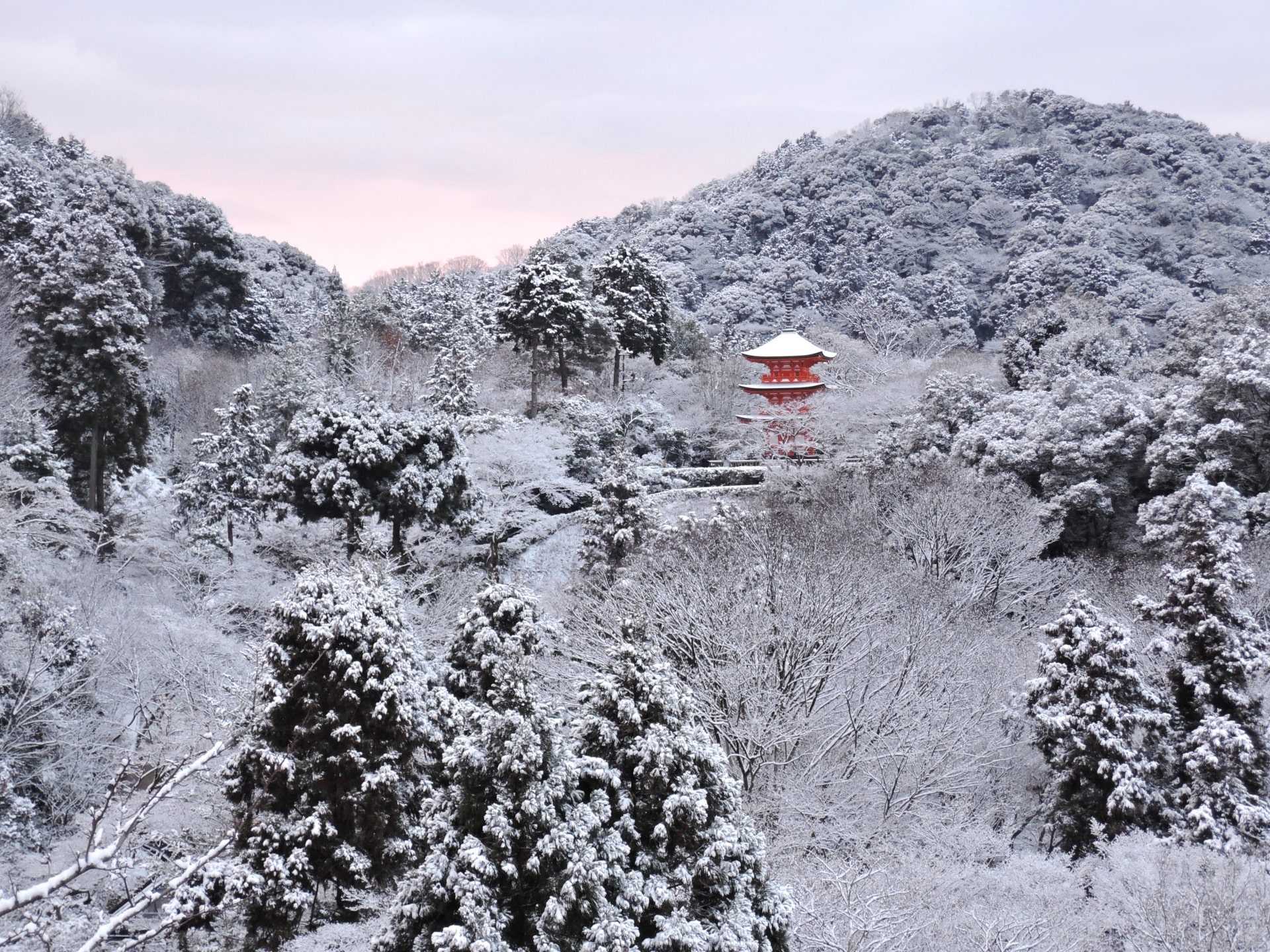
The roofs of the traditional temples in Kyoto get covered with a white layer of snow during the winter days in Japan. This forms a beautiful sight to see and a unique experience. The temples in the snow become even more majestic and are worth visiting.
Try Traditional Tea ceremony
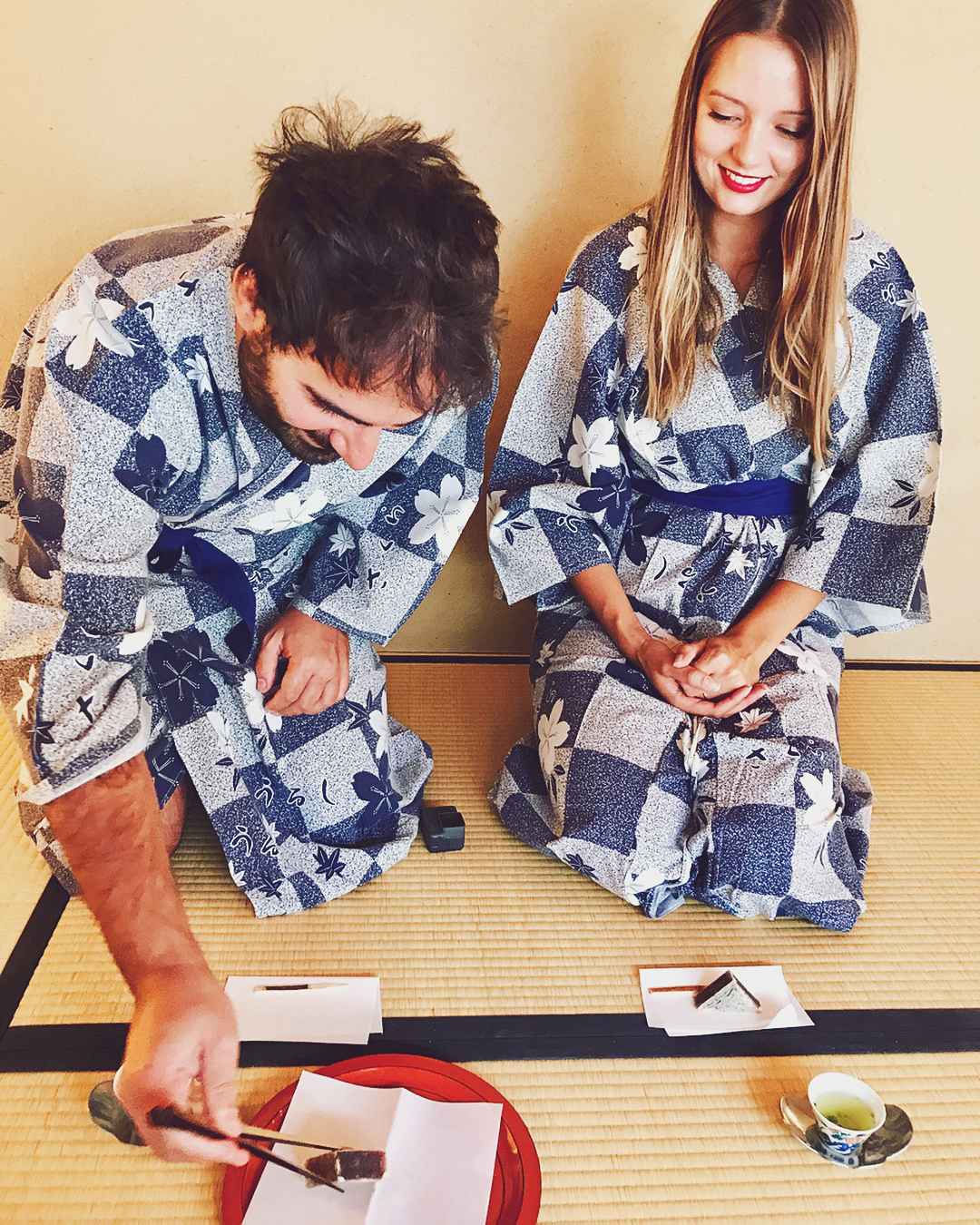
If you are in the city of Kyoto during the winter, there are many magical experiences and the traditional tea ceremony is one of them. You can enjoy the cold evenings by simply dressing in the traditional Yukata during staying at Kiyomachiya Ryokan Sakura Urushitei. Here you can enjoy the tea ceremony where you can sip on delicious and hot tea accompanied by your family and friends. You can also enjoy eating Japanese sweets with your tea or indulge in the other traditional activities taking in the Ryokan Hotel.
Outdoor Japanese Onsen
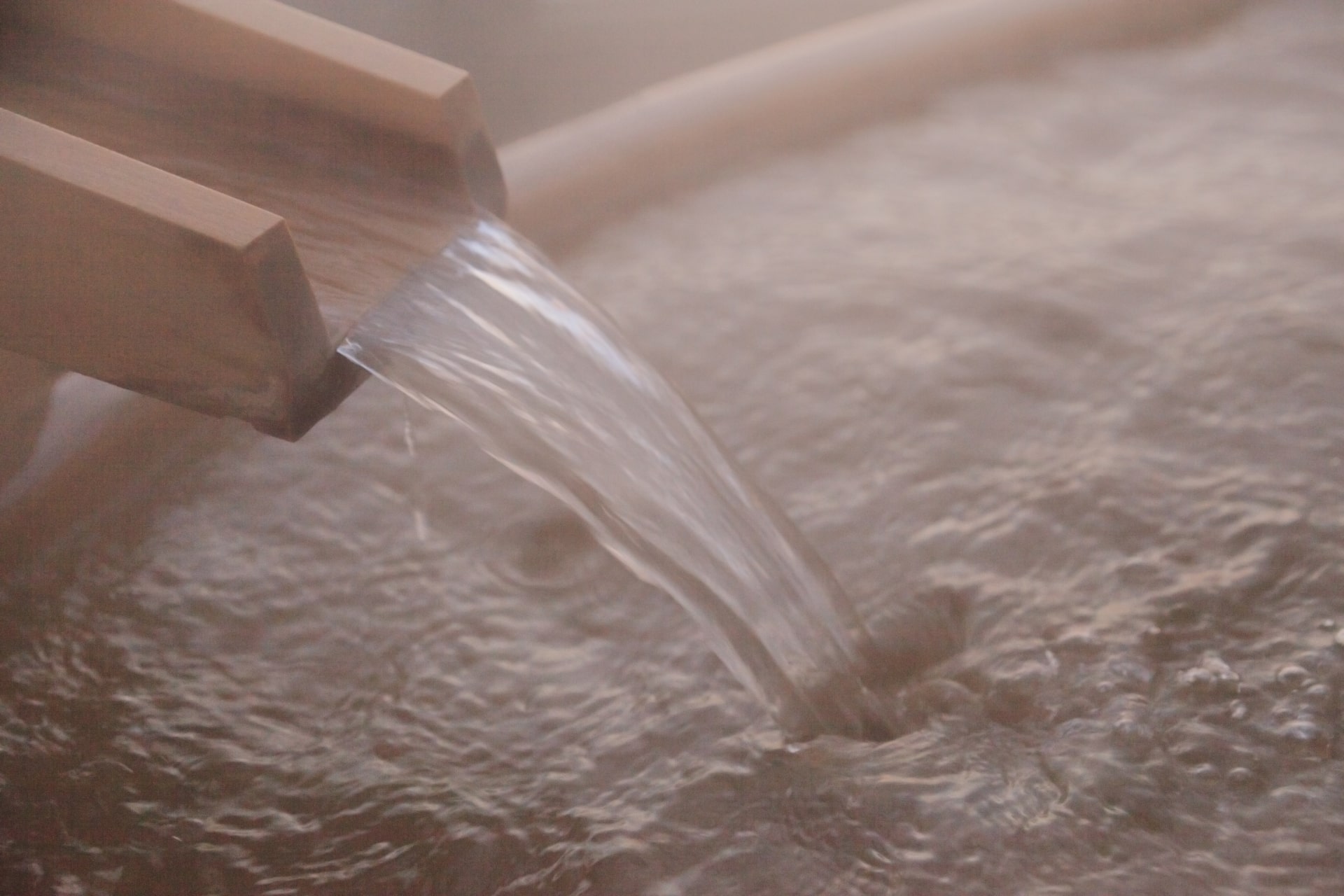
Thermal baths are not a new concept. There are many places in Europe that offer relaxing thermal baths. However, nothing compares the relaxing hot springs in Kyoto during the cold wintertime. These hot springs are called ‘onsen’ and in Kurama they are known as ‘Kurama Onsen’. The Kurama Onsen is famous for being outdoors as opposed to the indoor pools in other places.
The city of Kyoto and its temples and traditions are completely unique and awe-inspiring. It is definitely worth the trip to indulge in these activities and visit the beautiful temples and places of the old capital. And the next time you visit around new year’s eve, you will know why the Chion-in temple bell is rung 108 times.

